
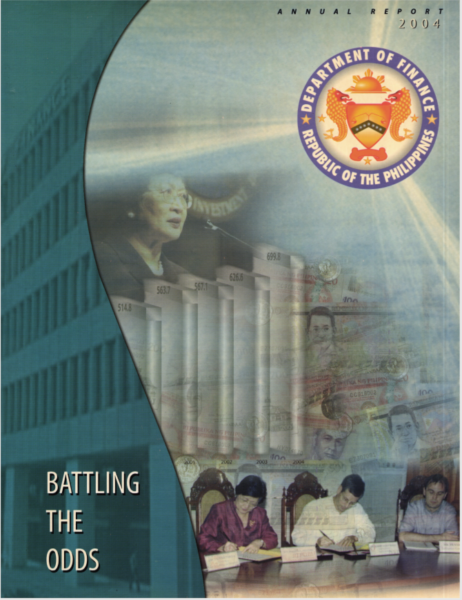
In 2004, the global economic environment remained threatened by a host of factors. Foremost among them was the prolonged US-led war in lraq that contributed to the spiraling in the prices of oil in the world market. The concomitant increase in the prices of energy and materials tempered world industrial production growth, squeezed profit margins and even resulted to a loss of jobs.
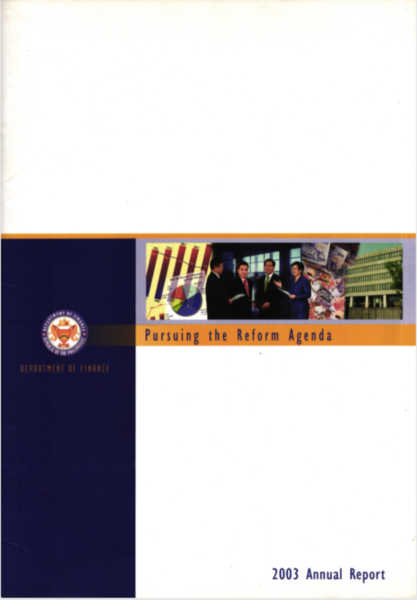
The Philippine economy stayed on course in 2003 despite shocks that included the US-Iraq war/ SARS breakout, and the failed mutiny in July. The country’s gross domestic product (GDP) rose 4.7 percent during the year, topping the 4.3 percent registered in 2002, and matching the government’s low-end forecast. The gross national product (G N P) rose 5.6 percent, better than last year’s 4.3 percent and the 5.4 percent high-end forecast. The Philippines’ growth performance in 2003 bettered the projections of the multilateral lending institutions and credit rating agencies.
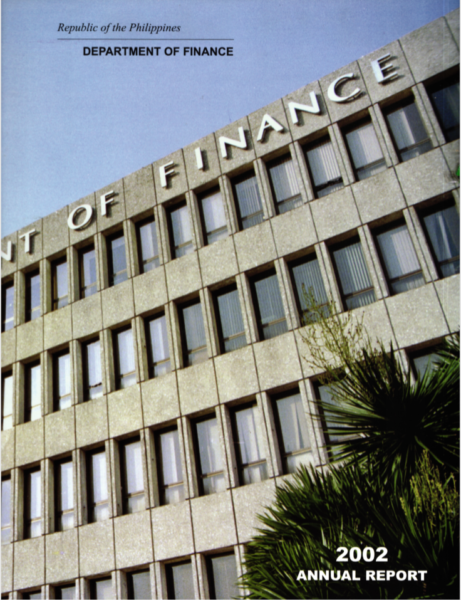
The year 2002 was marked by difficulties in the internal and external environments caused by the continuing instability in the South, the threats of global terrorism and the impending hostilities in the Middle East. Despite such negative developments, however, the Philippine economy in general performed soundly based on the following key indicators: Real Gross National Product posted a 4.5 percentage increase.
Real Gross Domestic Product posted a 5.4 percent, higher than the 2001 actual rate of 4.5 percent.
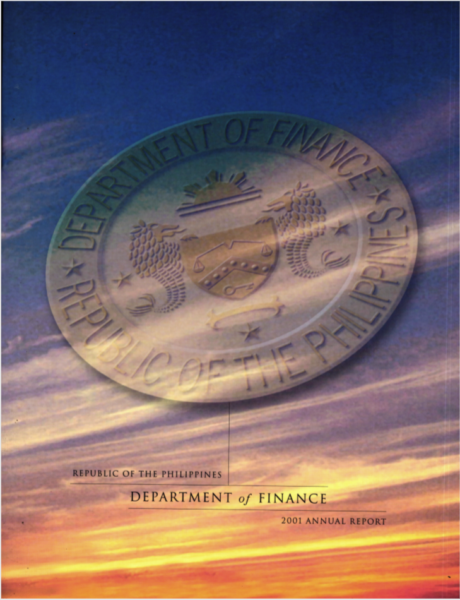
The Philippine economy showe dremarkable resiliency in 20U amid adverse external and internal developments made worse by the September 11 incident. Real Gross Domestic Product and Real Gross National Product expanded by 3,2 percent and 3.4 percent, respectively. The economy’s performance was notable for three reasons. First, growth was sustained despite the steep downturn in exports. Second, the growth rate was among the highest in East Asia. Third, the growth rate surpassed the private sector’s forecast of 2.5-3.0 percent growth.
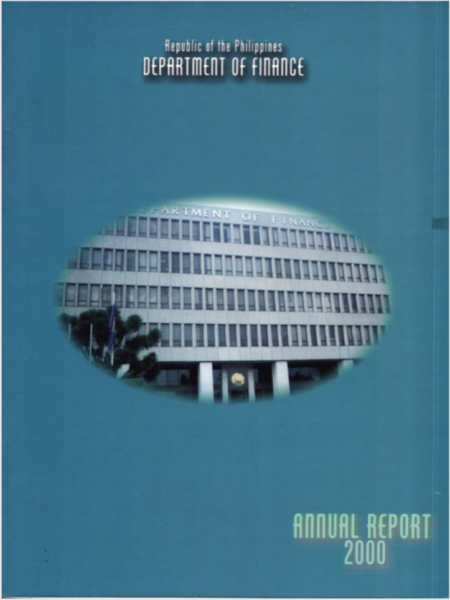
The country continued to enjoy unfettered I access to the international financial I markets in 2OOO. The highly positive investor response to our bond offerings confirms the continued confidence of the international community in the Philippine economy’s prospects. Moreover, the country successfully obtained financing from multilateral and bilateral sources in the form of program and project loans. Meanwhile, relatively Iow domestic interest rates that were prevailing until October 2000 allowed the National Government to raise additional financing to cover the deficit.



